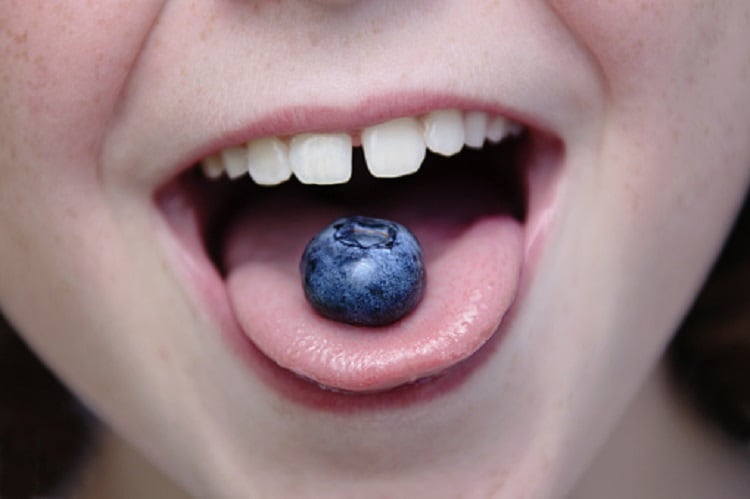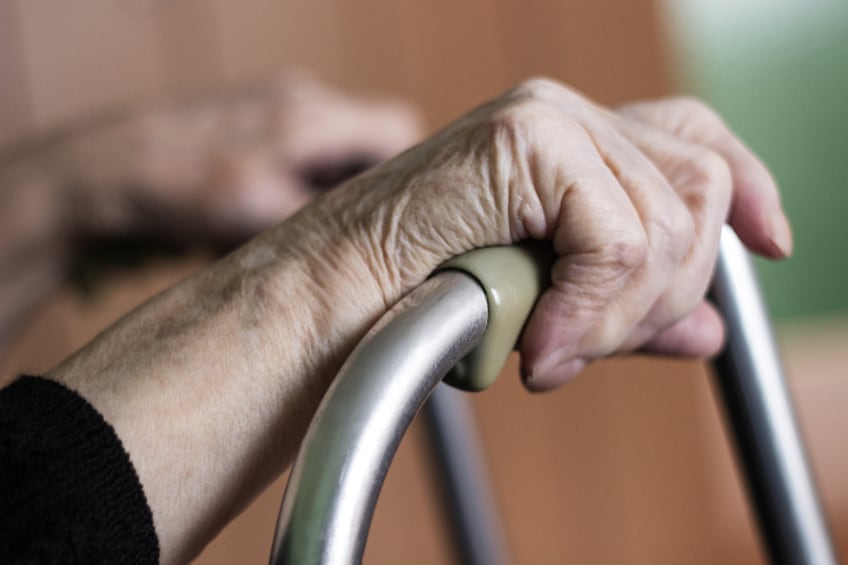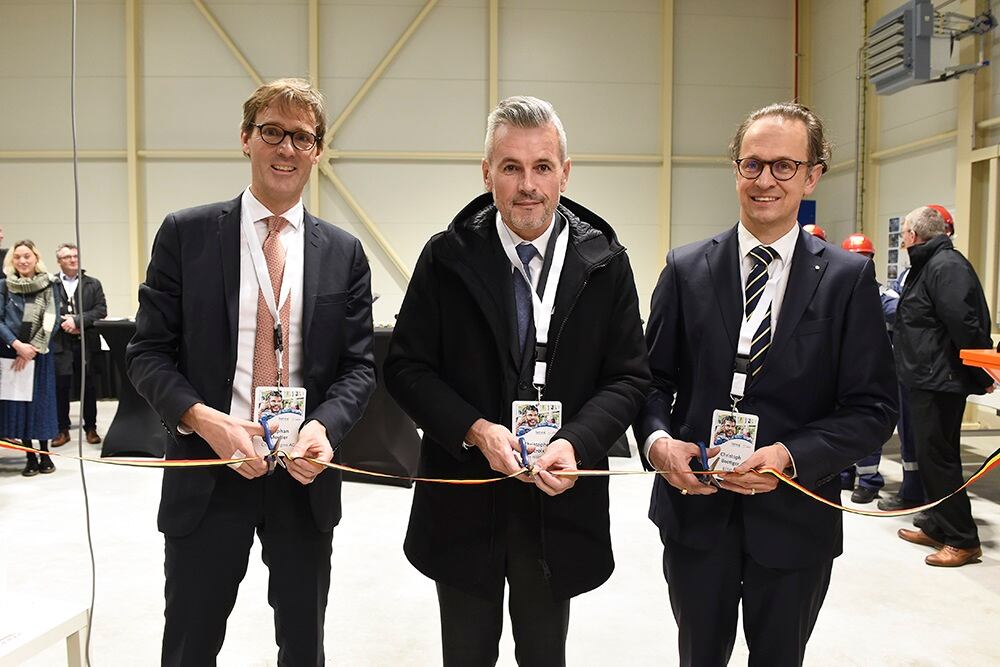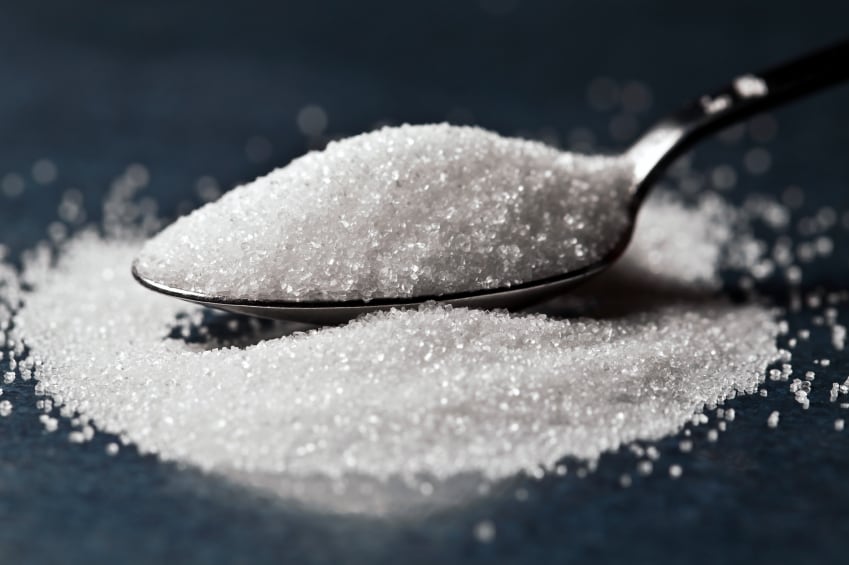Quoc Cuong Nguyen’s research investigates the links between sensory perception, consumer expectation and satiety.
‘Sensory perception’ refers to how we taste the different characteristics of food – such as sweet, bitter, or chewy – whereas ‘satiety’ in this context refers to the feeling of ‘fullness’.
During his time at the Norwegian Institute of Food, Fisheries and Aquaculture (Nofima), Nguyen concluded that better understanding of when and why we feel satiated from eating, from a purely sensory perspective, could lead to developments in combatting obesity and over-eating.
“Sensory perception is a dynamic process. When we eat something, we taste and feel different characteristics at different times while eating,” said Nyugen.
“Take a piece of bread for example. When you start to chew, it may feel compact and dry. Then it becomes stickers and maybe even juicy. That is the essence of sensory perception.”
Nguyen’s paper, ‘Better understanding of the relation of the dynamic sensory perception of solid and semi solid foods with consumers’ preferences and their perception of satiety’, follows on from previous research into the length of oral exposure to foods. It is understood that the more you chew food – i.e. the longer the oral exposure – the less you eat before feeling full.
“At the same time, our research showed that the more you enjoy a food, the more you will eat,” said Nguyen. “Satiety is a complex process with physiological and psychological components, but sensory attributes can give us a clue as to when to stop eating.”
Combatting over-eating
The research finds that changing the texture of well-liked foods, to prolong the chewing time and ensure prolonged oral exposure, could make people eat less.
“Healthy products of enhanced satiety could allow better control of eating behavior,” Nguyen’s supervisor at Nofima, Paula Varela-Tomasco, told FoodNavigator.
“This could be achieved by reducing intake, providing foods with less calories but equally satiating and satisfying, by managing product texture.
“Our research showed that products with similar composition, energy density, and overall liking were significantly different in terms of satiety perception and intake, because of their in-mouth texture,” she continued.
Opportunity for industry
According to Varela-Tomasco, the relationship between satiation expectations, food intake and food texture presents an opportunity for industry to reformulate well-liked products with prolonged oral exposure in mind.
“This could lead to a reduction of the calories consumed, through products in which texture has been modified to enhance satiety, reducing overconsumption with a similar level of pleasure,” she told this publication.
“For example, satiety can be enhanced in products of less caloric content and equal palatability. This can be done creating products that are eaten significantly more slowly or reducing the bite size…that is equally pleasurable for consumers.”
Nofima is open to collaborating with companies to develop new and different food categories, in a bid help reduce obesity rates. “And we have the sensory methods that can make it happen,” added Varela-Tomasco in a statement.





